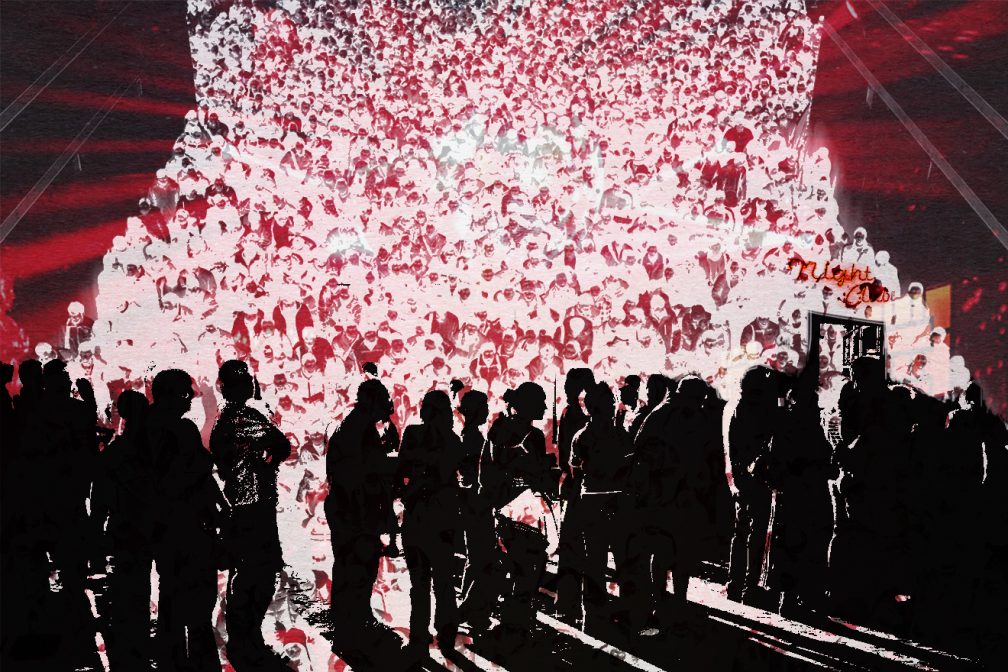 Comment
Comment
It's 2017 but your favourite clubs are still way too overcrowded
Overcrowding in clubs is annoying and dangerous. So why does it happen so often?
All the promoters I reached out to for this piece acknowledged overcrowding is a problem, and explained they usually tried to address the programming to help prevent crushes.
“Spreading out the programming to try and spread the demand is key,” says Woods, but it’s not always that easy.” And sometimes the answer is to choose your venue more carefully. “You can’t have a 500-capacity venue with a 400-capacity room and a 100-capacity room, and book a DJ that will pull in 500 people and then try and palm local DJs off in the other room to rack up more sales," Woods explains.
Also, consider your approach as a punter. “With multi-room venues,” Denby goes on, “people aren’t often up for exploring new sounds. If it’s busy in one room, go and explore something new in another room.”
Miller feels that licensing is key. Give more clubs 24 hour licenses, and you’ll have a smoother flow of people entering and leaving the venue at different times, helping to alleviate over-crowding.
In these challenging times for clubs in general, it's tempting for promoters and club owners to dismiss overcrowding as a necessary evil. But this would be a mistake. Because what's the use of a dancefloor, if people don't have room to actually dance?
Sirin Kale is Staff Writer at Broadly and a regular contributor to Mixmag. Follow her on Twitter
Lawrence Abbott is an artist and freelance creative designer. Follow him on Twitter


